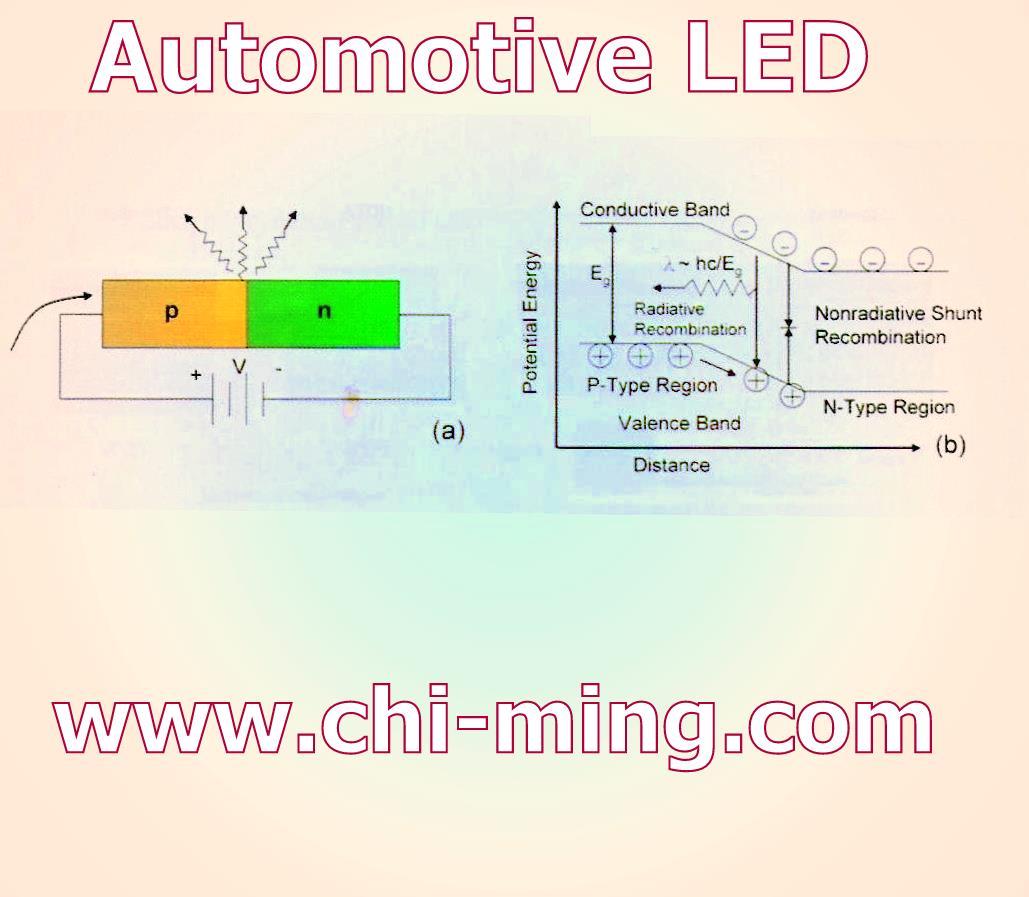Light-emitting
diodes (Light Emitting Diode: LED) is a technology made by the
semiconductor light sources. Most of the LED is called III-V family or
compound semiconductors, it is by the III family of chemical elements
are: Aluminum (Al), gallium (Ga), indium (In), V family of chemical
elements: nitrogen (N), phosphorus (P), arsenic (AS) based on a
combination. LED light-emitting principle is to use semiconductor III-V
family with two kinds of chemical elements made of light-emitting
components, respectively, the applied voltage between the bipolar
terminal (P pole then a positive voltage, N pole then a negative
voltage), which leads to a very small current, III family of chemical
elements using electricity generated by hole and V generated by the
electronic communities when they are integrated with each other the
rest of the energy in the form of light to stimulate the release
reached glow. |



